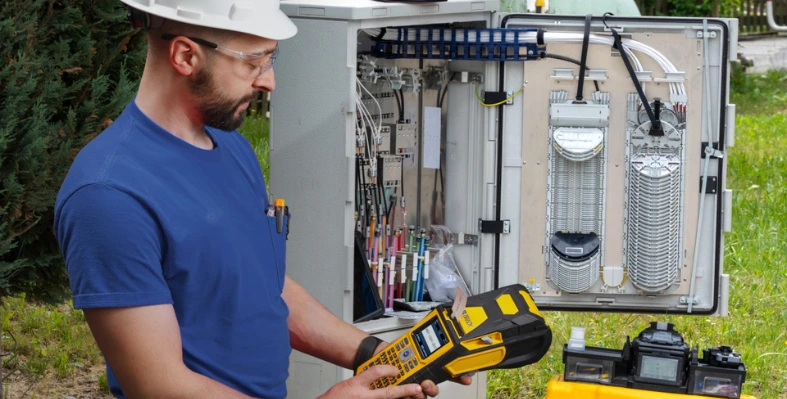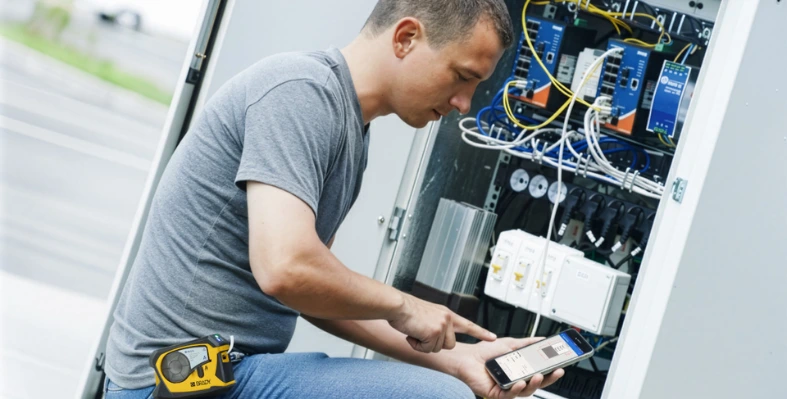Rolls-Royce is set to supply seven mtu emergency power generators to support the expansion of energy infrastructure at Kuwait International Airport
The 20V 4000 DS 3600 diesel generators will be installed in the new Terminal 2, providing power for key facilities such as the catering building and the airport’s central energy systems.
Kuwait International Airport is currently undergoing a significant expansion to establish one of the Gulf region’s most advanced aviation hubs. Once complete, Terminal 2 will accommodate an initial 25 million passengers annually, with potential future capacity rising to 50 million. The development aligns with the national growth initiative, Kuwait Vision 2035.
The project has been commissioned by the Kuwaiti directorate general of civil aviation in partnership with the Ministry of Public Works, with international construction company LIMAK serving as the general contractor.
Engineered to perform under extreme conditions, the mtu units are designed for ambient temperatures reaching up to +55°C. Delivery is scheduled for early 2026, followed by a phase of testing, commissioning, and handover.
“We are proud that our products ensure the safe operation of critical infrastructure at the airport – even in this region with extreme environmental conditions,” said Salim El Banna, country sales manager UAE, Bahrain, Iraq & Kuwait, Power Systems Division, Rolls-Royce.
Rolls-Royce supports critical infrastructure worldwide with more than 85,000 mtu emergency power systems in operation. These systems — based on diesel and gas generators as well as dynamic UPS solutions — provide reliable, uninterrupted power for airports, data centres, hospitals, industrial facilities, and energy providers. mtu technology has long been deployed at leading international airports such as Frankfurt, Dubai, Madrid, Prague, Palma, and Hurghada.
































































